Waterfalls are not just the showstoppers of natural landscapes; even small waterfalls can bring a piece of that tranquility right into our own gardens.
I have always found the sound of water cascading over rocks to be extremely calming. It’s almost magical how even the smallest garden waterfall can create a sense of peace and serenity.
Whether nestled among your flowerbeds or incorporated into a rock garden, these water features can become a central point of relaxation and enjoyment within your own green space.
Crafting a small garden waterfall doesn’t require an extensive backyard or a hefty budget – with a bit of creativity and some simple materials, you can build a tranquil retreat.
I know firsthand the satisfaction of designing and constructing a waterfall, no matter the scale. It can be incredibly rewarding to sit back and enjoy the soothing effects of flowing water after putting in the effort to build it.
The design process is just as enjoyable, allowing you to envision and then actualize the relaxing oasis you want to create.
Reader's Roadmap
Key Takeaways
- A small garden waterfall adds a serene and calming element to your space.
- Designing your own waterfall allows for creativity and personal expression in your garden.
- The construction process is a gratifying experience that results in a peaceful water feature.
Small Oasis Fountain Waterfall
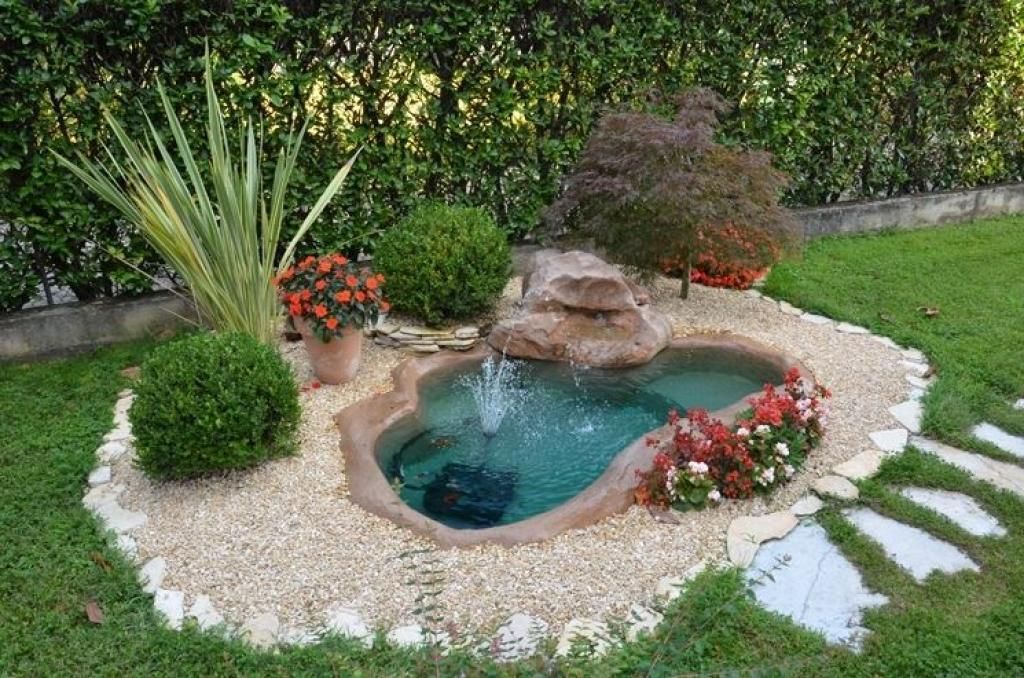
Corner Bubbling Rock Waterfall Fountain
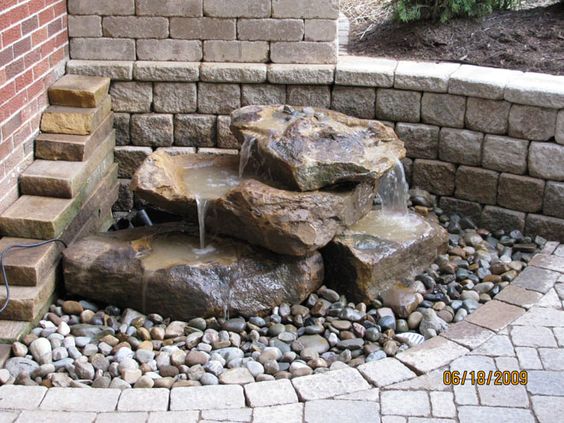
Long Waterfall At Foundation Bed
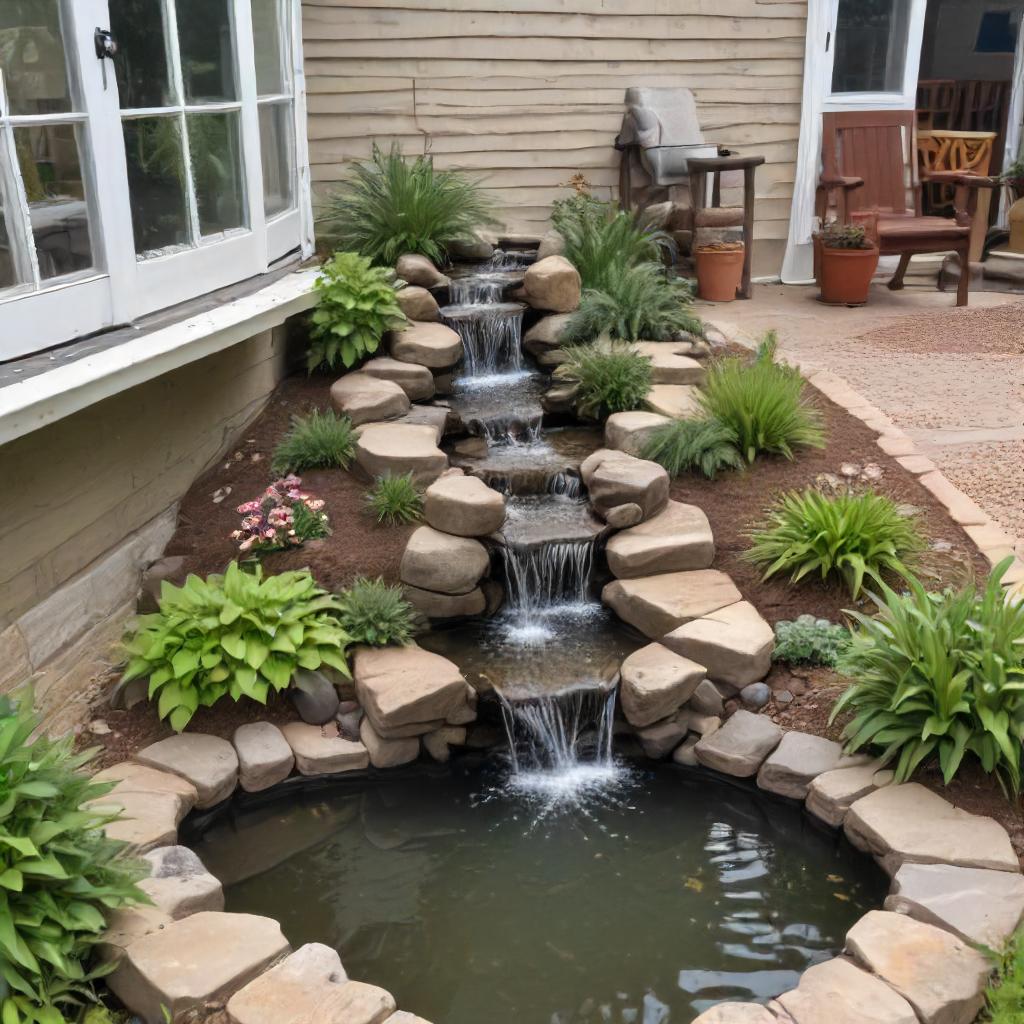
Small Slab Stone Waterfall
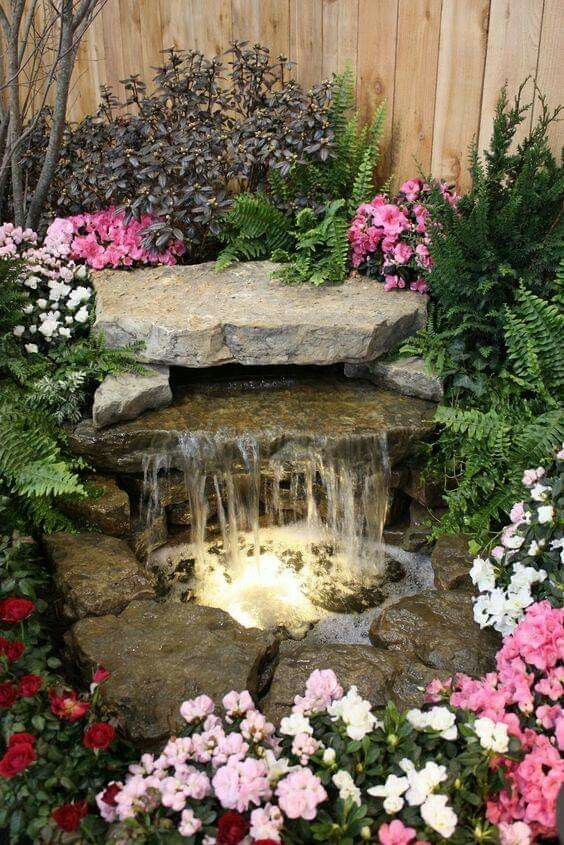
Vertical Slab Stone Waterwall Next To porch
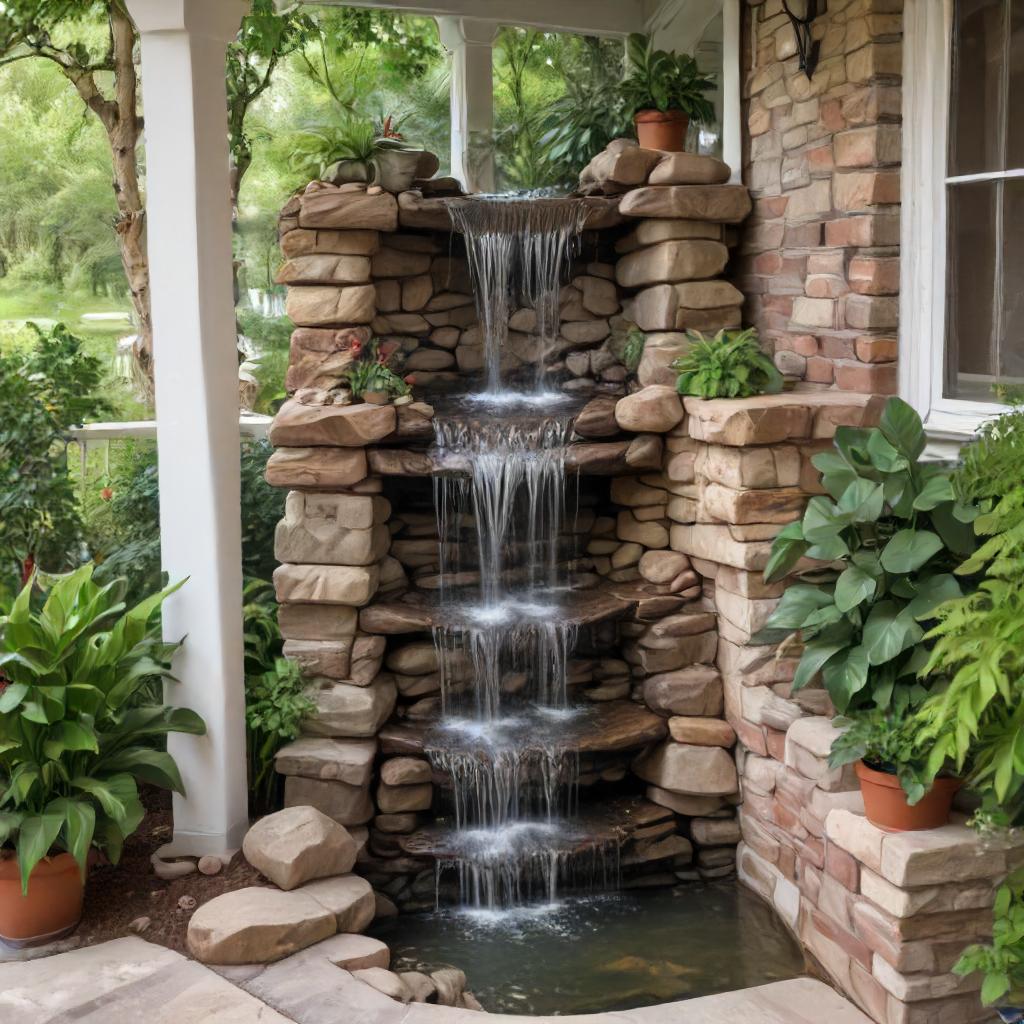
Bubling Rock Two Tier Waterfall
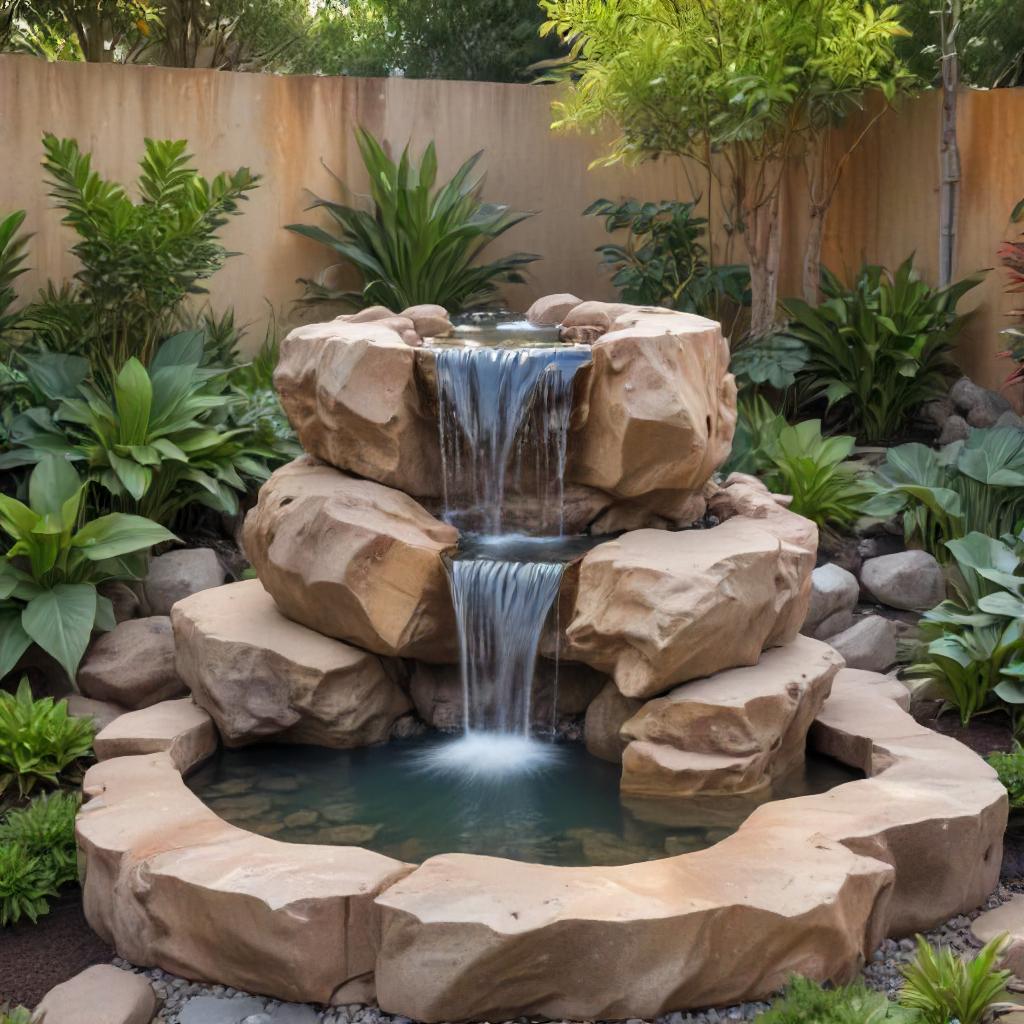
Dark Gravel Waterfall On Deck
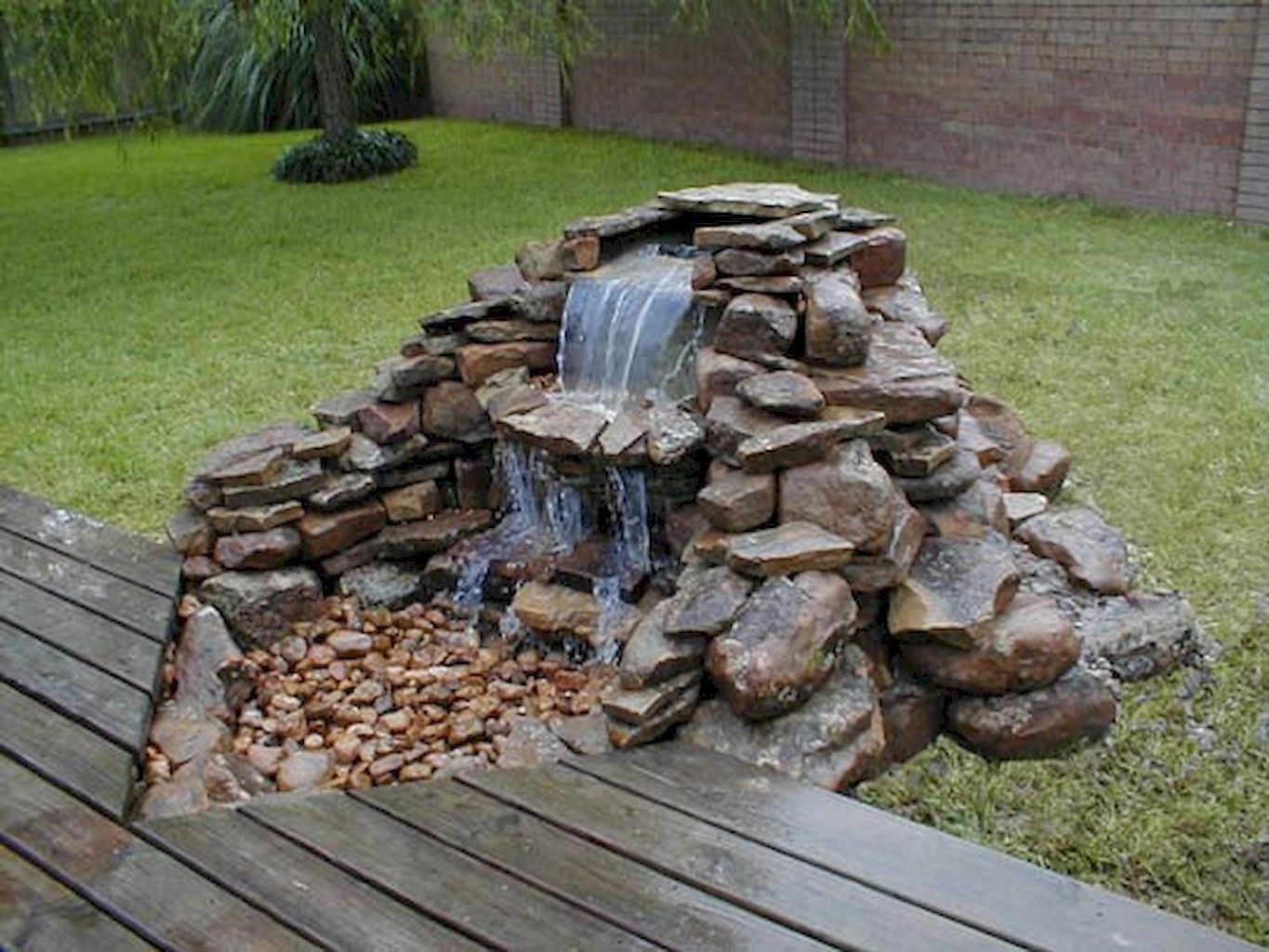
Overflowing vase into bowl pond
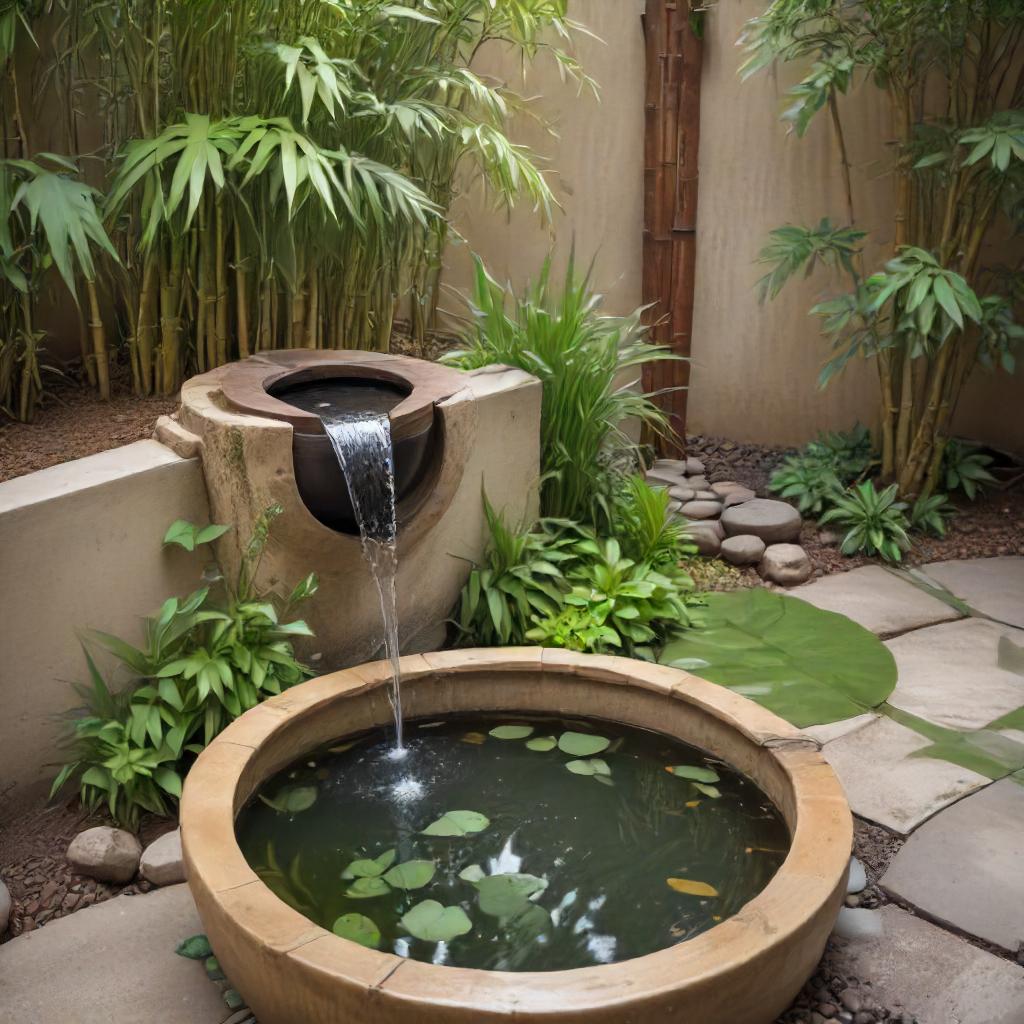
Pebble And Lumber Waterfall Wall
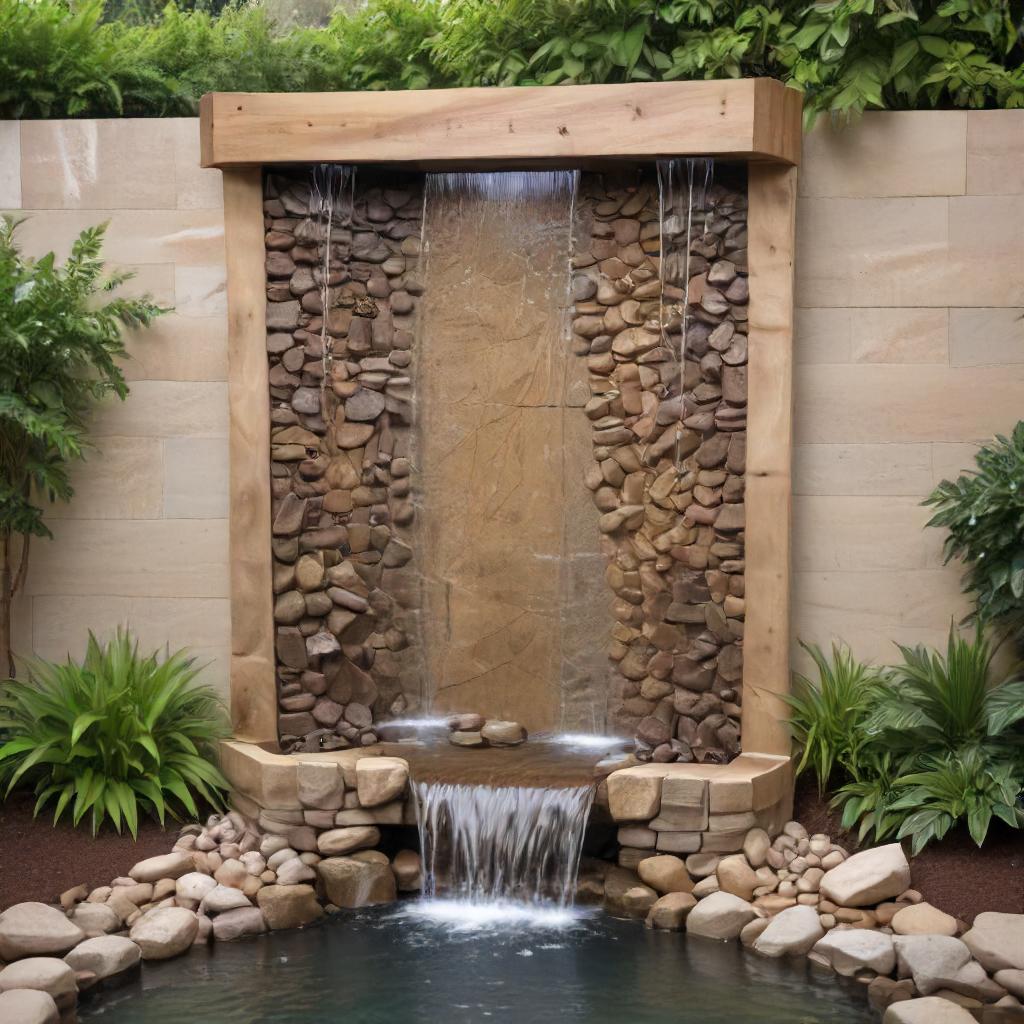
Three Tiered Waterfall
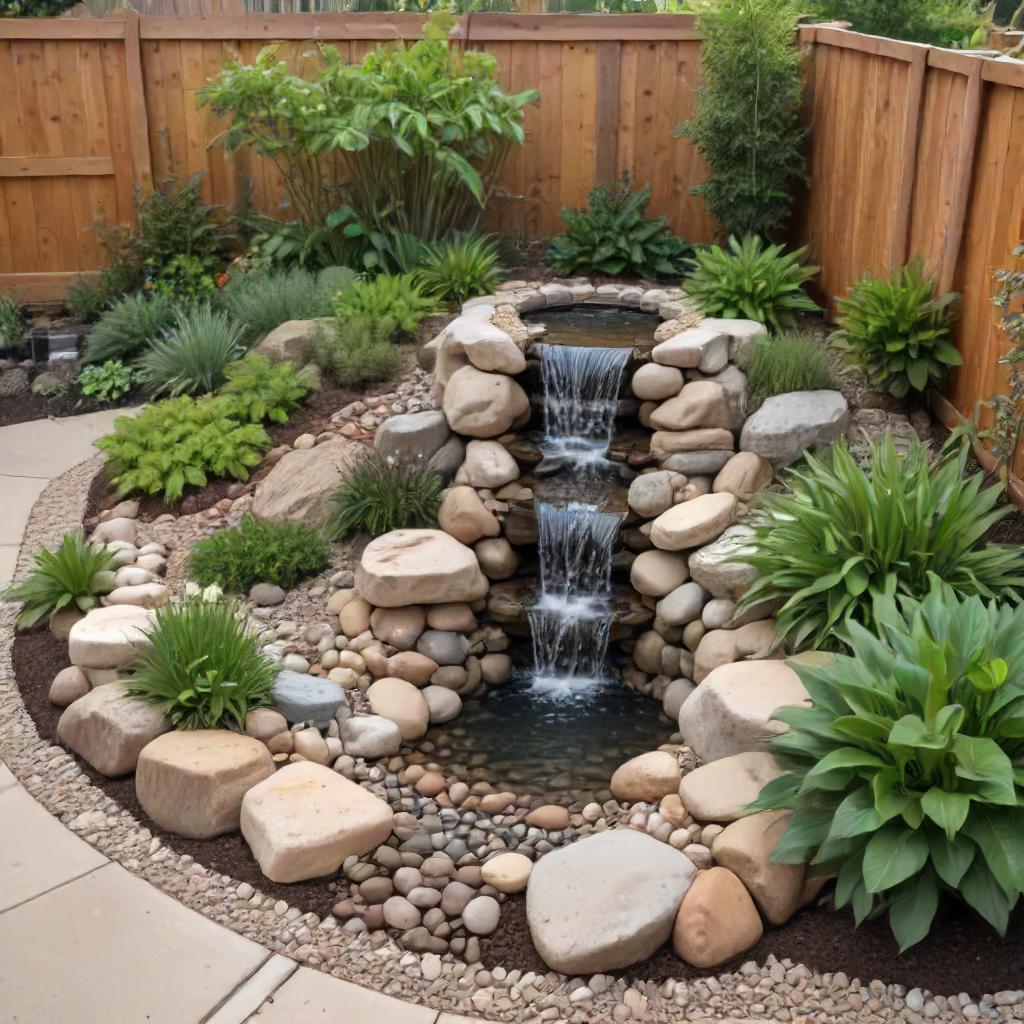
Small Vase Pouring Two Tiered Waterfall
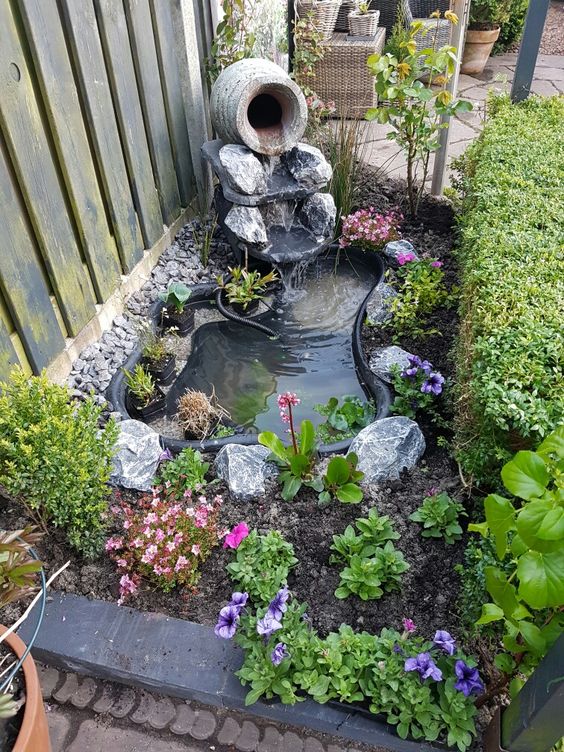
Small Waterfall Into Coy Pond
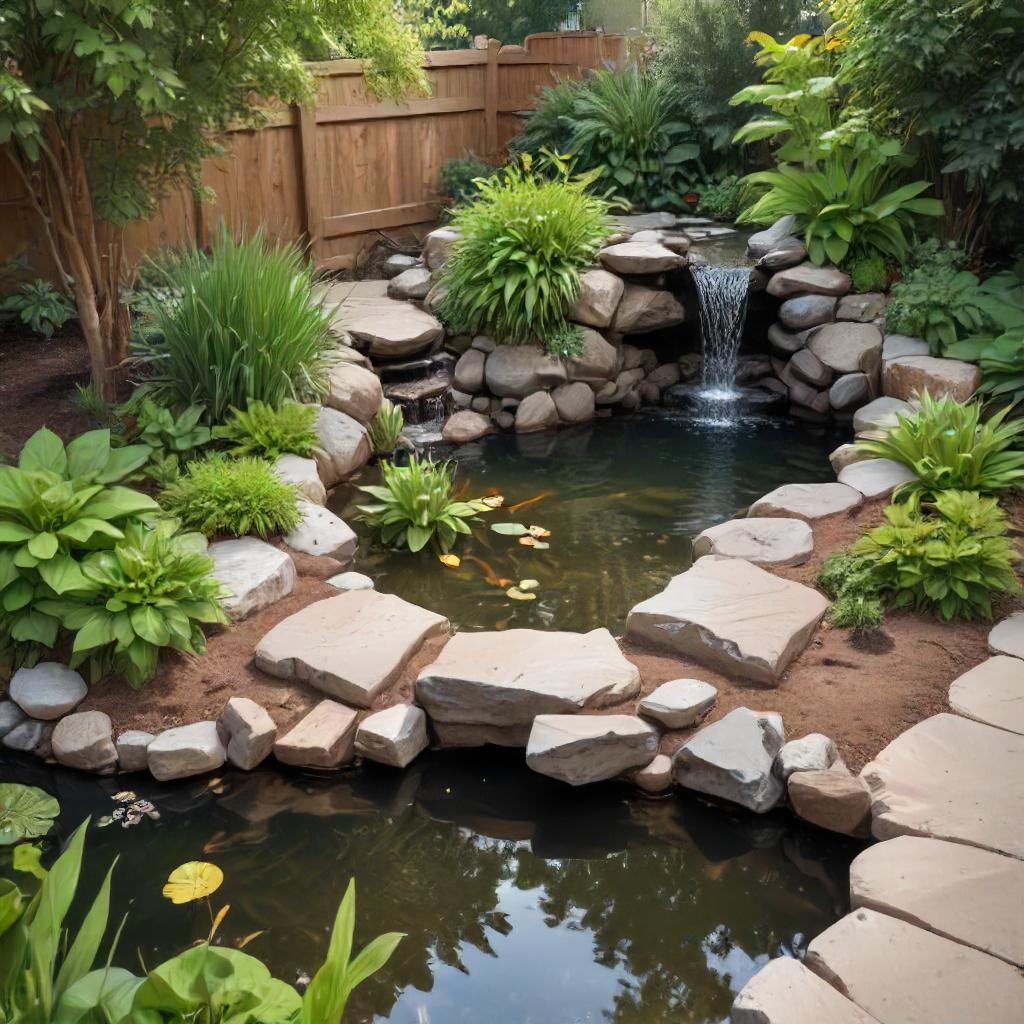
Overflowing Cascading Vase Waterfall
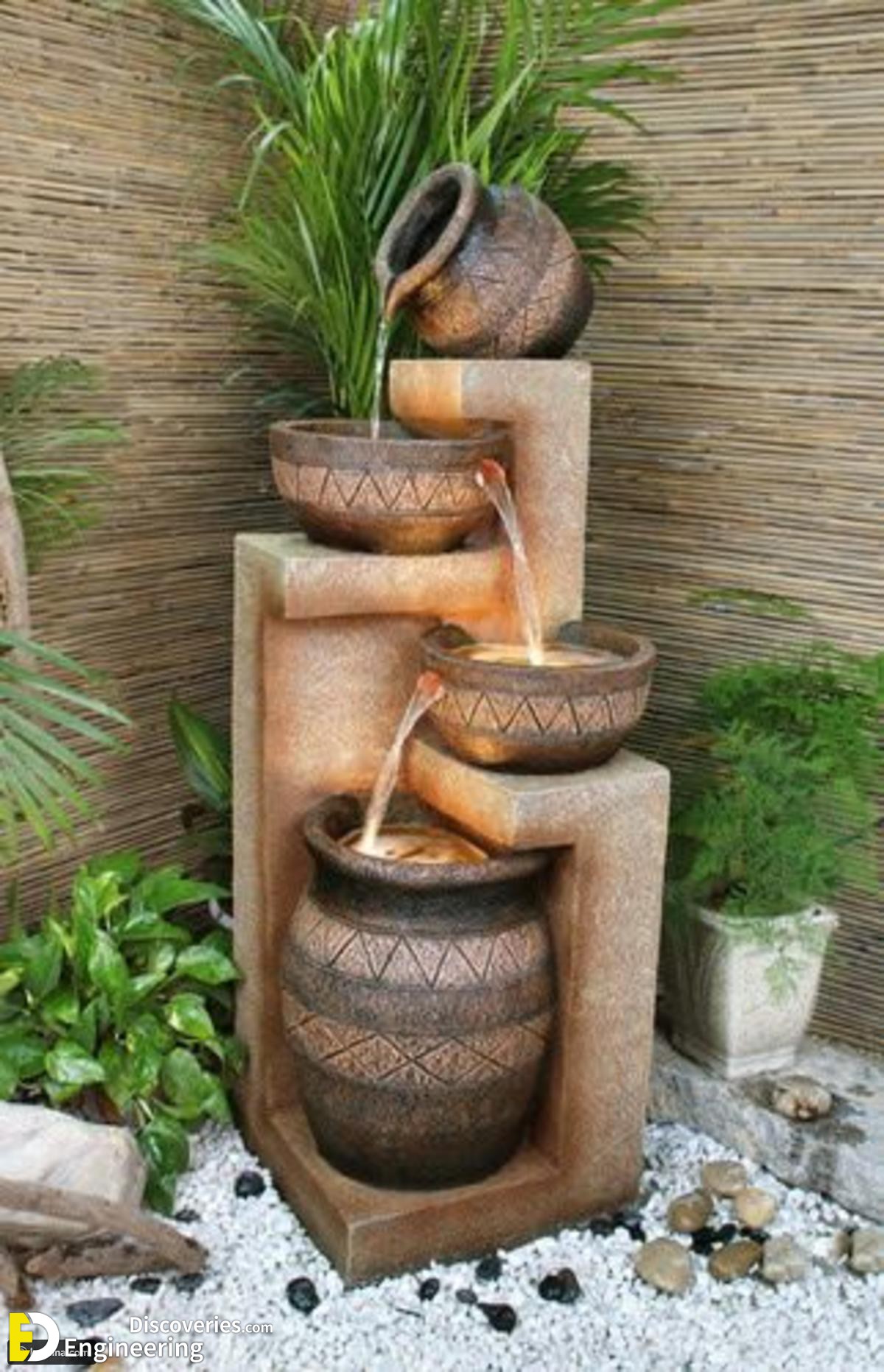
Brown Flat Boulder Sliding Waterfall
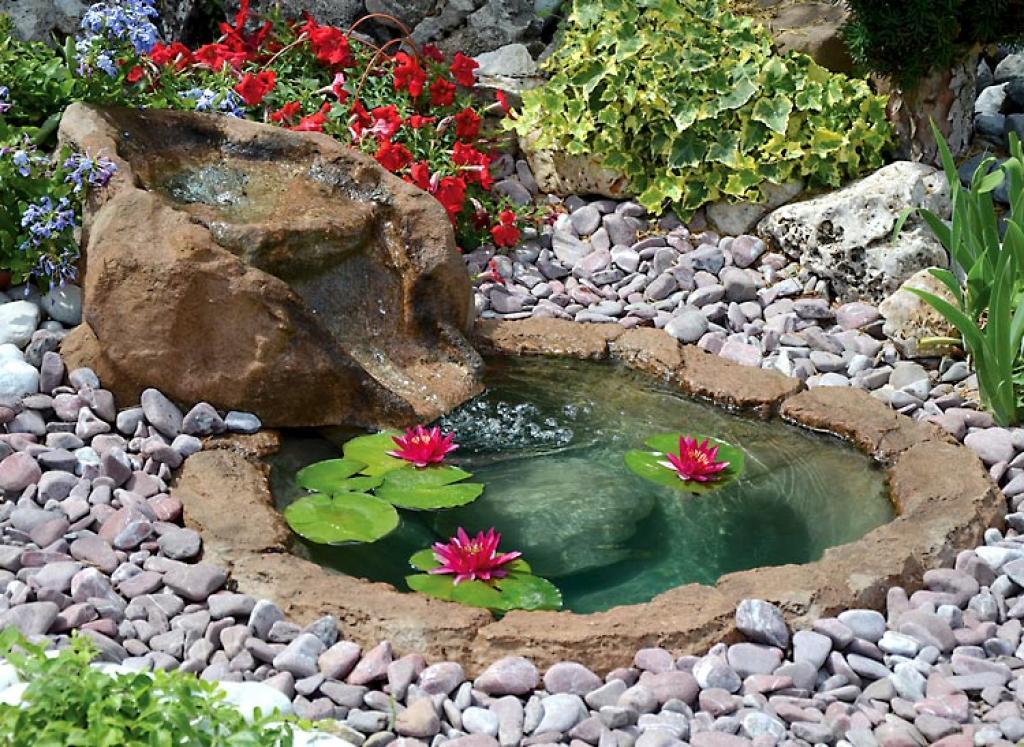
Black And White Corner Backyard Cascading Waterfall
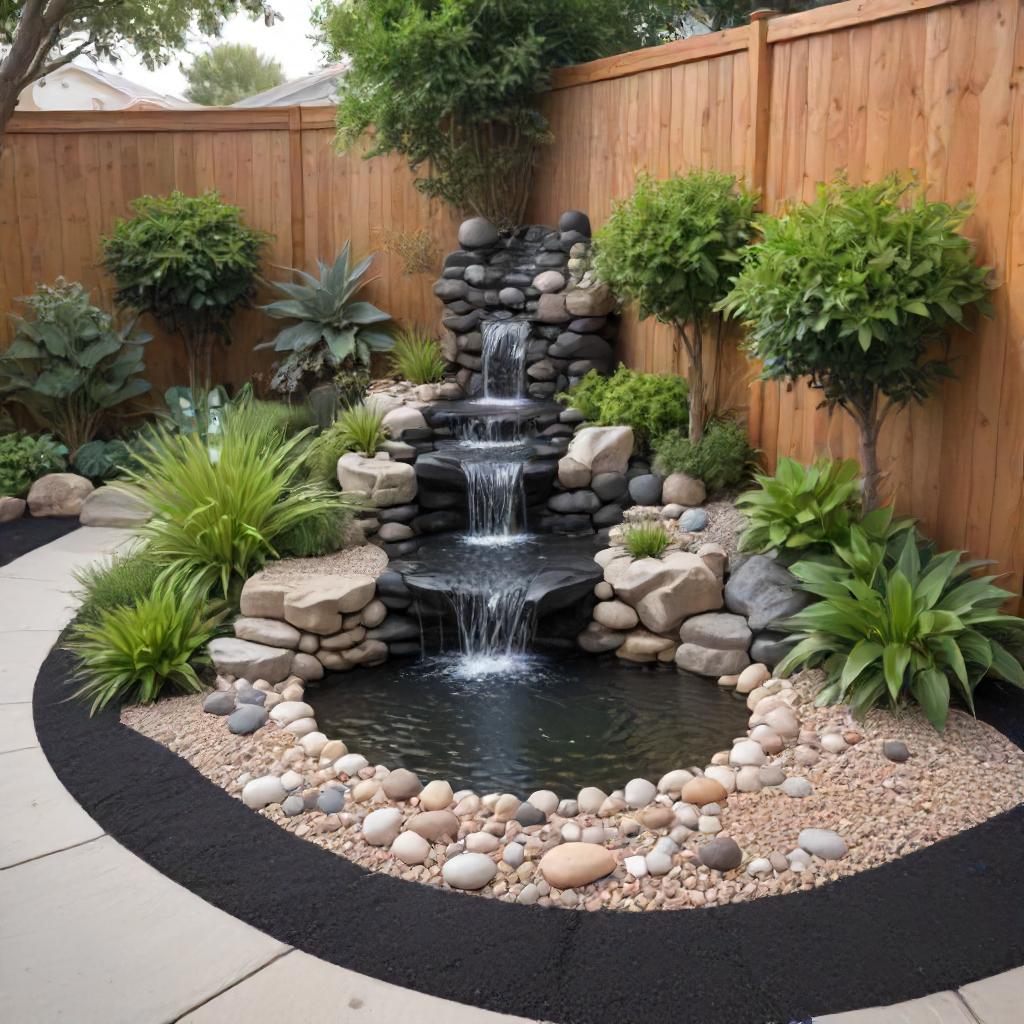
Black Slab Stone Waterfall With Planter
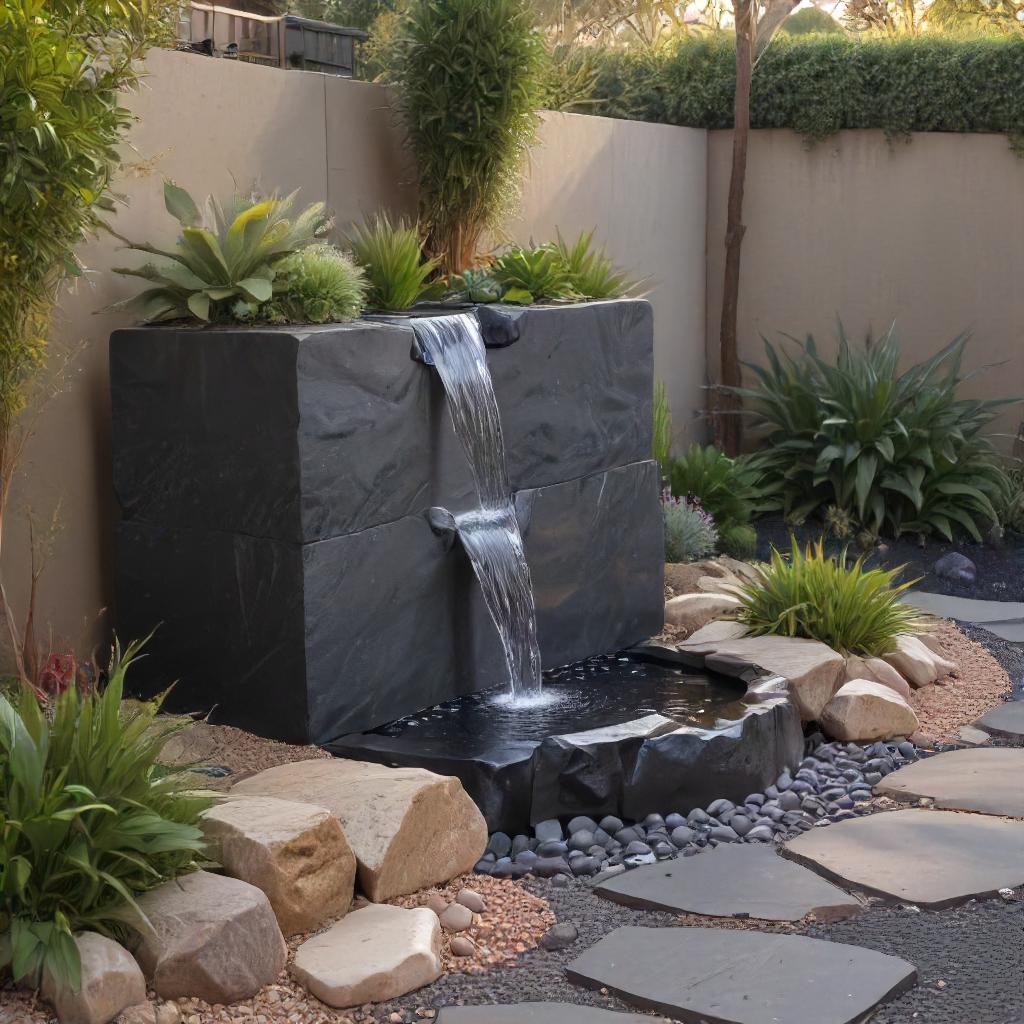
Fountain Waterfall With Backlighting
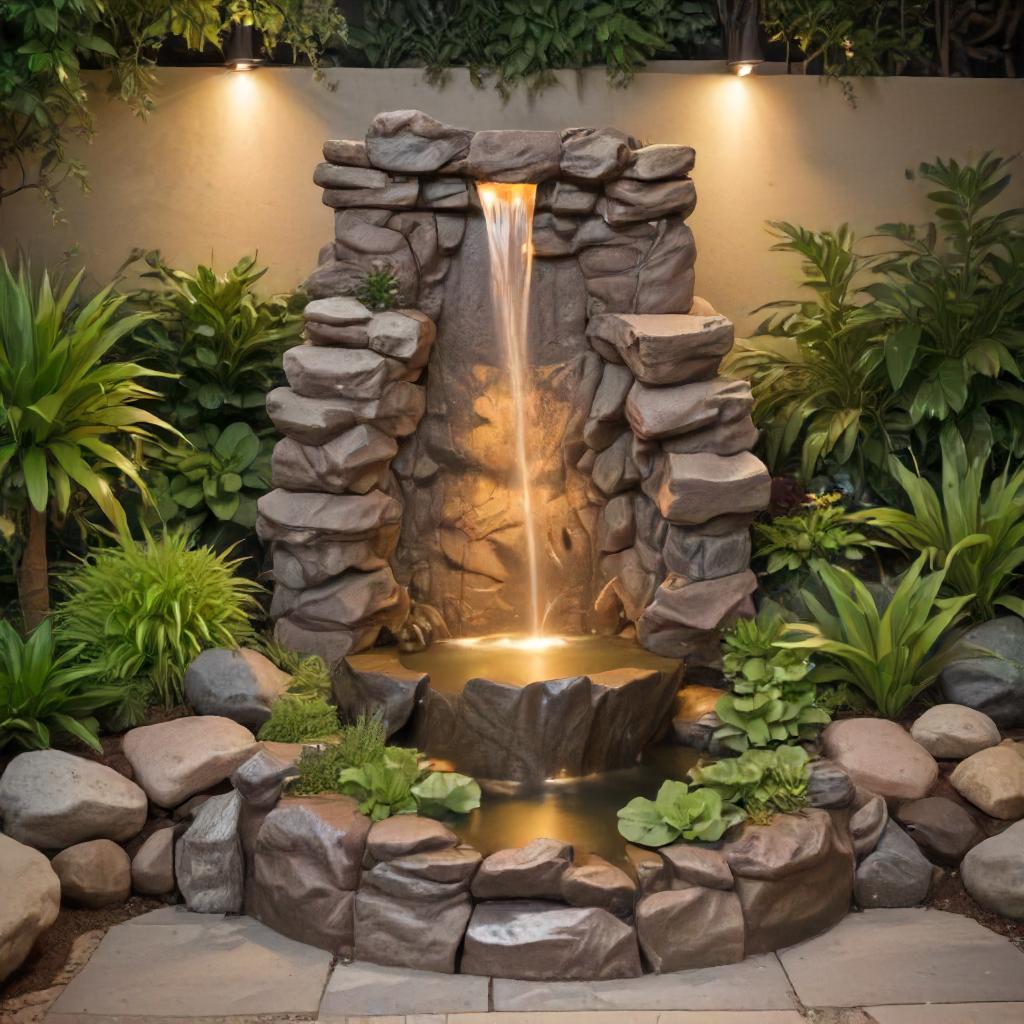
River Rock Pond With Double Waterfalls
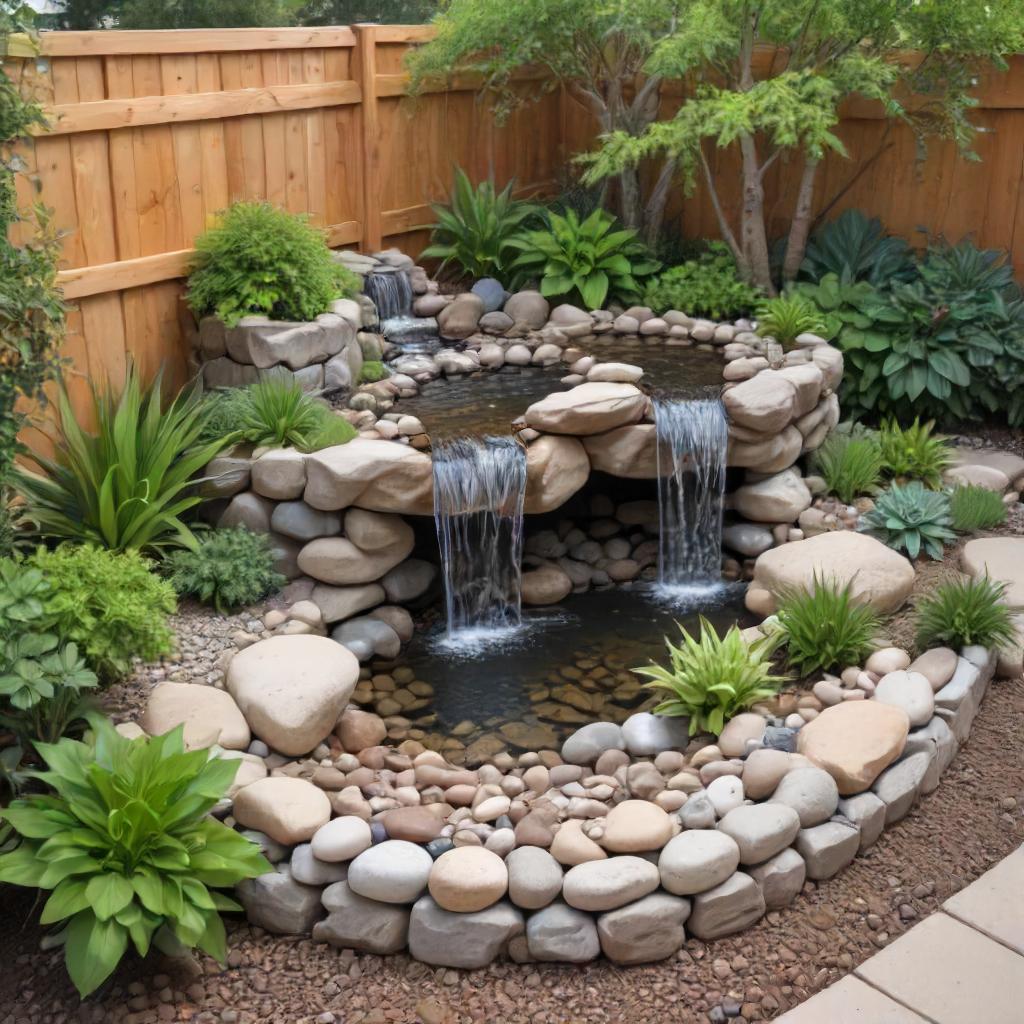
Cascading Curvy Stones Waterfall
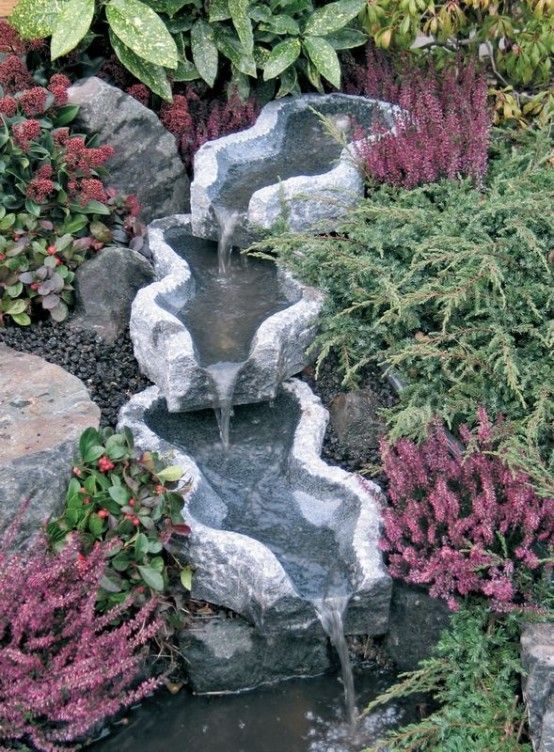
Bamboo Fountain Waterfall Feature
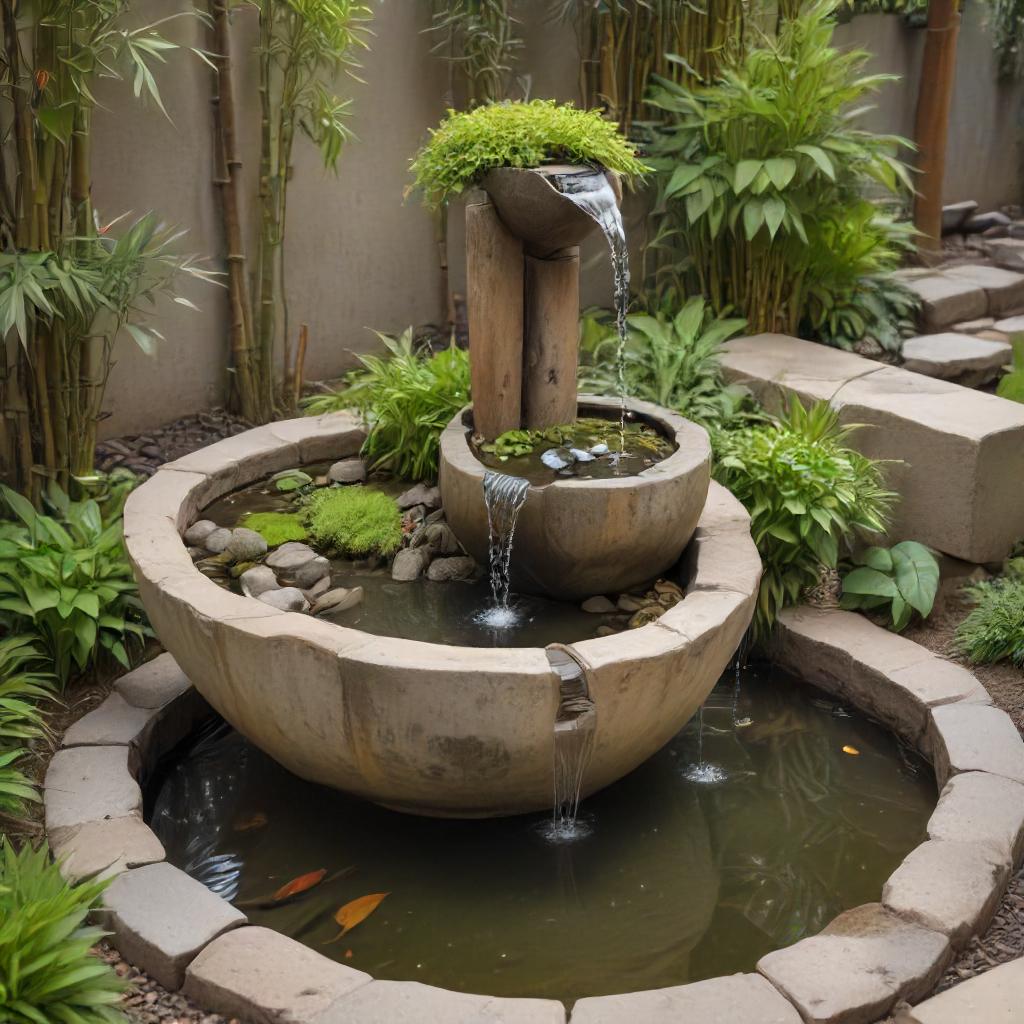
Marbled Slab, Stone And Greenert Waterfall Wall
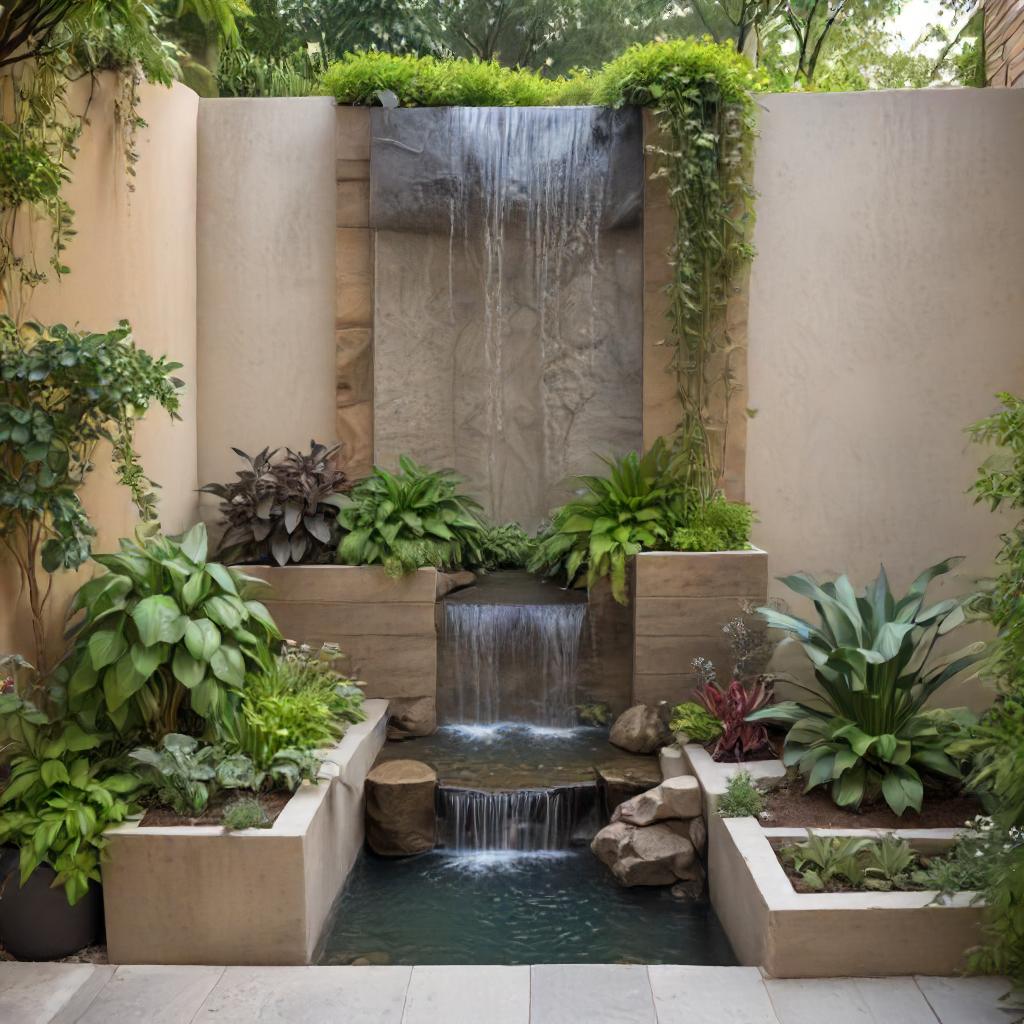
Designing Your Garden Waterfall
When I think about crafting a serene corner with a garden waterfall, I imagine creating a space where the tranquil sound of flowing water complements the natural beauty of my garden. It’s about more than just adding water; it’s about cultivating a spot that feels like a retreat from the hustle and bustle of daily life.
Choosing the Right Location
First off, I always remind my friends that the location of their garden waterfall is crucial. It should be a spot where the sound can be enjoyed, yet not overpowering or problematic for neighbors. So, here’s a neat little checklist I put together:
- Visibility: Make sure the waterfall can be seen from your favorite outdoor sitting area or window.
- Sound: Listen for a location where water’s music will be soothing, but not too loud for comfort.
- Sunlight: A bit of direct sunlight is good, especially for plants, but too much can promote algae growth.
- Drainage: Ensure the area has good natural drainage to avoid flooding.
Selecting Materials and Plants
I have a soft spot for materials and plants that make any water feature feel like it’s been a part of my garden forever. Here’s a quick run-down:
- Stones: Rock and natural stone, including river stones, are my go-tos for that authentic look.
- Plants: Lush greenery and vibrant flowers not only add color but also help integrate the waterfall seamlessly into the garden.
- Durability: I always consider weather-resistant materials so my waterfall withstands the elements.
I like to mingle plants that love moisture, like ferns and hostas, with some that just appreciate the splatter, like daylilies and irises.
Creating a Natural-Looking Feature
Creating that natural-looking waterfall requires a bit of imagination and, dare I say, a touch of artistry:
- Layers: Building up layers of stone replicates a natural, rustic landscape.
- Curves: A meandering water flow rather than a straight drop can appear more organic.
- Plants: Strategically placed plants can disguise man-made structures and blend the boundaries between the waterfall and garden.
My advice? Think about those peaceful Japanese gardens or a quaint spot in a Zen garden when plotting your design. They’re perfect examples of elegance in simplicity and how a focal point like a waterfall can transform an outdoor space.
Building Your Waterfall
Creating a small garden waterfall can transform your outdoor space into a tranquil retreat. With some planning and the right materials, the soothing sound of flowing water can be yours. I want to walk you through the steps, so you can achieve that serene atmosphere right in your backyard.
Installing the Foundation
The foundation of your garden waterfall is critical. Whether you’re going for a pond waterfall or a pondless waterfall, making sure your base is sturdy and level is key.
For a traditional waterfall with a pond, I begin by digging an appropriately sized hole, then lining it with a protective underlayment to prevent any sharp edges from puncturing the liner.
After that, it’s all about layering sand and gravel at the bottom to create a natural bed and filling the outskirts of the pond with larger boulders for stability.
- Steps for Installing the Foundation:
- Choose a level spot in your garden.
- Dig the hole to the desired shape and depth.
- Line with protective underlayment and pond liner.
- Add sand and gravel for a natural bed.
- Surround with larger boulders for edge support.
Assembling the Waterfall Structure
Now for the fun part: building up the waterfall structure itself.
I always suggest starting with the largest boulders and rock waterfalls structures to form the base and working upwards from there. To get that natural look, it’s a game of arranging and rearranging until it feels just right.
A submersible pump is essential for a recirculating waterfall, as this will help cycle the water from the pond back to the top of your structure. Remember to conceal the pump and tubing within the rock layout to keep the appearance untouched by technology.
- Key Aspects for Assembling the Structure:
- Use a mix of large and smaller rocks for a natural look.
- Install a quality submersible pump.
- Strategically place the pump and hose for optimal water flow.
- Ensure all elements are stable to prevent shifting.
Adding Final Touches for Tranquility
Once the structure is in place, I focus on adding those final touches that make a waterfall feel like a slice of nature.
Introducing marginal plants around the pond’s edge gives life and color, blending the scene with the rest of the garden.
Incorporating a waterfall planter can introduce delicate water-loving plants right into the waterfall itself.
Furthermore, good lighting can accentuate the water’s movement at night, creating a beautiful and calm atmosphere.
It’s these little details that change a simple water feature into a serene escape.
- List of Final Touches for Your Waterfall:
- Plant Selection: Choose marginal plants that thrive near water.
- Lighting: Add soft lighting to highlight the waterfall.
- Decorative Elements: Consider a waterfall planter for extra greenery.
- Smooth Out Edges: Ensure there are no sharp edges exposed.

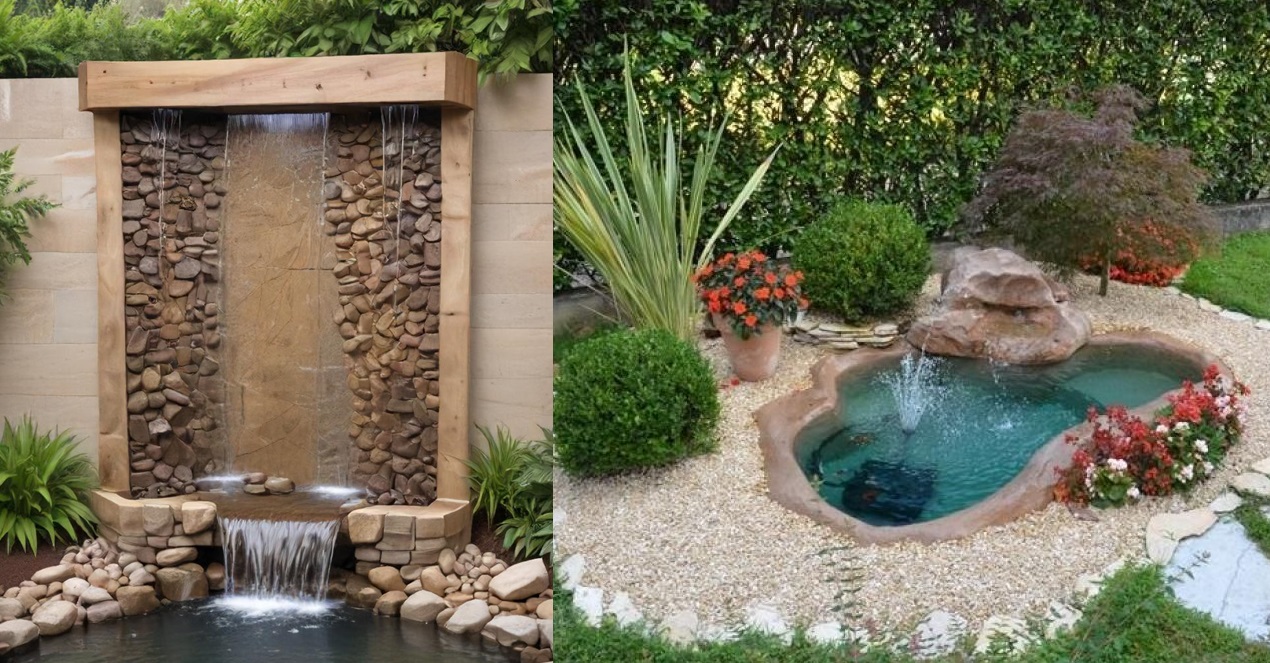
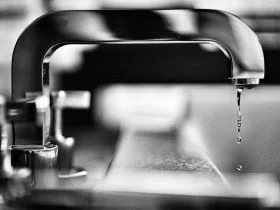
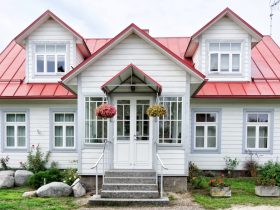

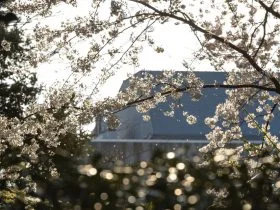

Leave a Reply
View Comments